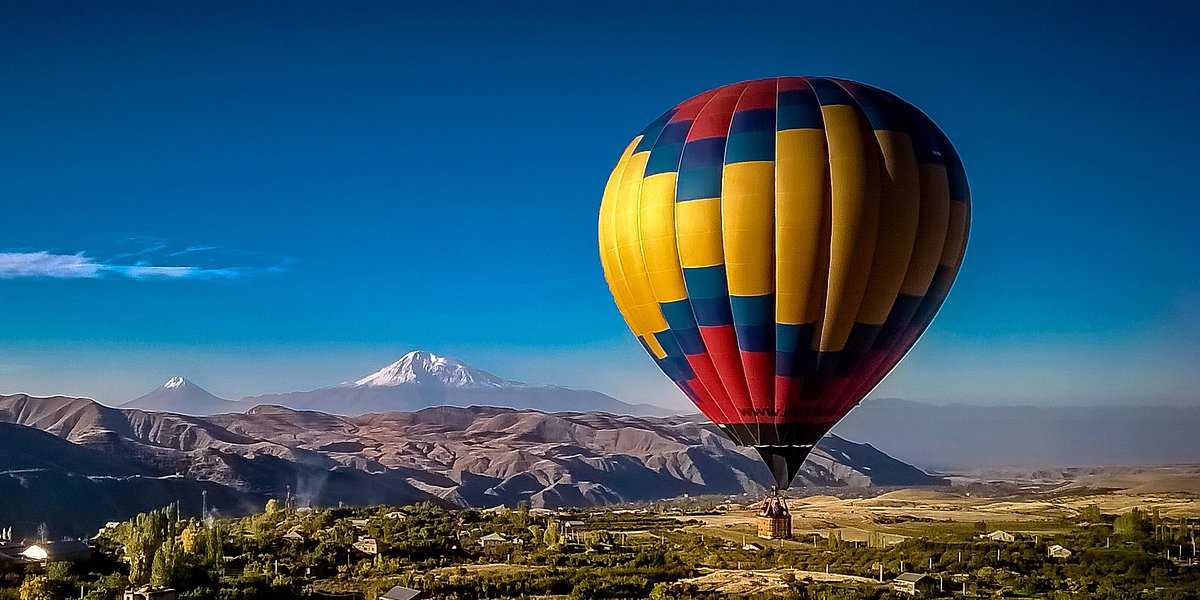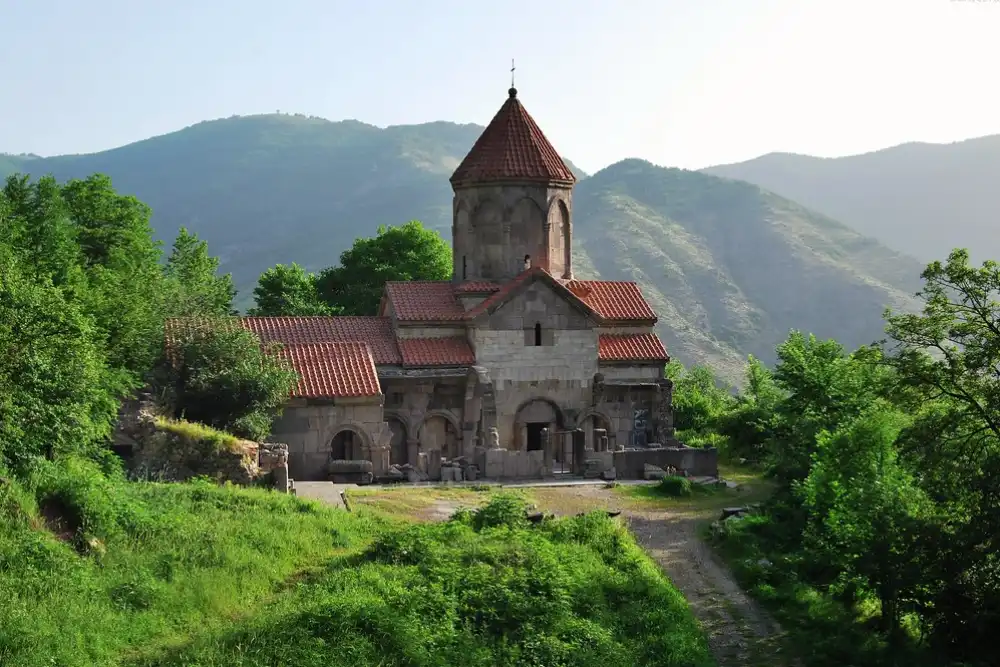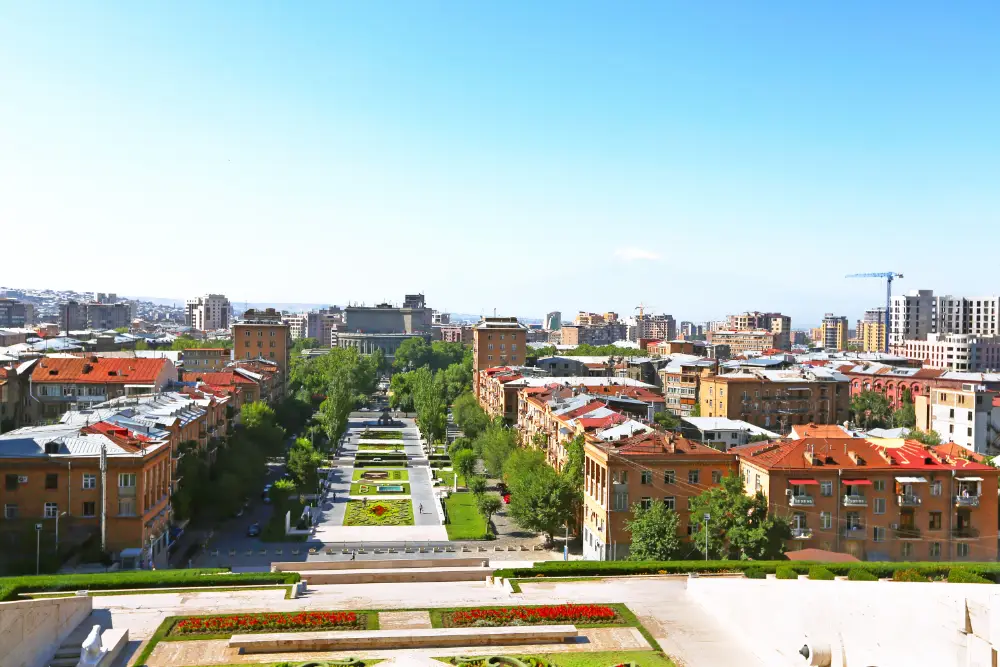An exhibition titled “Armenia. People of the Ark” is currently being held at the Il Vittoriano exhibition complex in Rome, bringing together valuable evidences of ancient Armenian culture and history from the museums of the Vatican, Florence, Rome, Venice, and Yerevan. The exhibition, spread across seven halls, presents the history of the Armenian people from ancient times, when, according to the Old Testament legend, Noah’s Ark came to rest on Mount Ararat, to events of the relatively recent past—a multimedia installation about the Armenian genocide with detailed maps, photographs, and audio recordings of witnesses to the tragedy. The exhibit includes Christian architectural and art monuments from now-destroyed Armenian monasteries. An entire hall is dedicated to the history of the Armenian alphabet: here, visitors can not only view the intricate letters but also hear their modern sounds through a special sound installation. We have selected five of the most interesting items, each of which helps to understand the peculiarities of Armenian Christianity, history, and culture.
1.LITURGICAL CURTAIN
This massive, three by three and a half meter linen curtain from the late 17th century in the Vatican collection is none other than an “altar curtain,” an item known to us from descriptions of Old Testament services, which immediately distinguishes an Armenian church from any other. Like Catholic churches, Armenian churches do not have an iconostasis, a solid wall separating the altar from the congregation. However, like in Orthodox churches, the altar can still be completely hidden from view. This is made possible by two curtains, which are opened or closed depending on the service. The curtain, serving as a barrier, is one of the few richly decorated items in the austere Armenian churches. It often depicts scenes from the New Testament (on the curtain displayed at the Vittoriano, one can see the holy sites of Jerusalem and episodes from the life of Christ). However, typically Armenian subjects sometimes appear, such as the baptism of King Trdat III the Great, to whom ancient Armenia owes its fame as the first Christian state in history.
2.KHACHKAR
The tradition of making stone crosses in Armenia dates back to the 9th century—the oldest of which resemble massive blocks shaped into a cross form and, for further emphasis, additional crosses carved on their surface. By the 12th–13th centuries, the skill of the stone carvers had reached such heights that it led to the emergence of a completely unique type of cross—the khachkar. Rough stones were replaced by tall rectangular slabs covered with intricate carved ornamentation. A khachkar from the 13th–14th century from the ancient monastery Bardzrakash Surb Grigor is just such an example: it features a large cross in the center, surrounded by smaller crosses and a vegetal pattern of pomegranate leaves and fruits, symbolizing the life-giving power of the church and Christ’s victory over death. Despite the obvious religious symbolism, khachkars were often used for quite secular purposes—as road markers and border territory markers.
3.PRECIOUS CROSS WITH RELICS
One of the most valuable—both materially and spiritually—exhibits of the show is a reliquary containing the relics of Saint George. This small reliquary is made of gilded silver, adorned with emeralds, corals, carnelian, and paired carved figures of angels. It follows the form of the so-called Greek cross, that is, an equilateral cross. Today, such a cross can be seen on the flags and coats of arms of Switzerland, Malta, and Greece, and in the 7th century, this cross was the most common in the planimetry of ancient Armenian churches.
4.SKEVRA GOSPEL
The 12th-century Gospel was hand-copied and illuminated with miniatures by the scribe Constantine from the Skevrsak Monastery—the main artistic center during the era of Cilician Armenia. At the beginning of each section, the artist depicted the evangelist and an associated episode from the life of Christ. We see the Crucifixion, which opens the Gospel according to John: the saint is depicted to the right of the cross. It is often said that all the creative energies of Cilician Armenia were invested in book miniatures—and there are two simple reasons for this. Firstly, in Armenian church tradition, icons are not particularly favored, so artists continued to refine their skills on the pages of religious books. Secondly, the establishment of the feudal order, or “nakharar,” led to the emergence of numerous aristocratic families who eagerly funded talented authors. Thus, the Skevrsak Gospel was commissioned by the well-known public and ecclesiastical figure (and also a representative of an important princely family) Archbishop Nerses Lambronatsi and his brother Prince Hetum.
5.VEDUTA
The connections between Armenians and Italy have historically been strong—in the early 18th century, the Venetians granted an entire island to the Armenian Catholic community. On this island, under the leadership of a monk named Mkhitar who had fled to Venice from the Turks, they built the spacious Monastery of Saint Lazarus. A landscape with a schematic depiction of it can be seen at the exhibition—it was made in the workshop of the Dzukki family, one of the well-known Venetian engraving workshops of the 18th century. The veduta clearly shows the layout of the monastery. Moreover, the engraver accompanied his work with a legend in Italian and Armenian languages and indicated the locations of the church, library (which, incidentally, houses the veduta), dining hall, cells, and novice quarters. In his time, George Gordon Byron spent a considerable period on the island of Saint Lazarus, seriously studying the Armenian language and history.
Photographs provided by the press service of Comunicare Organizzando.









